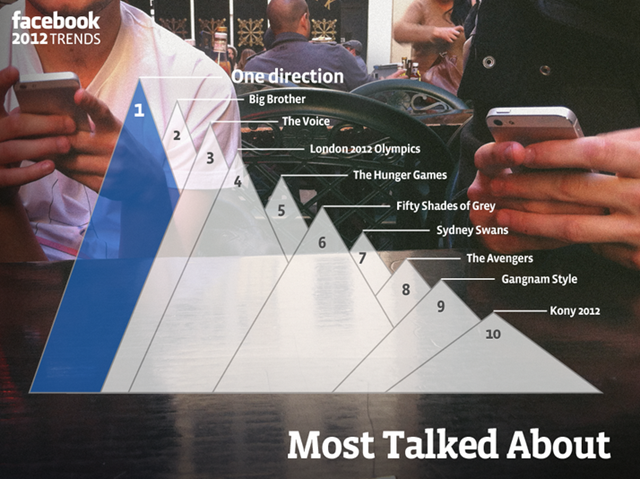Each year, Scott Brinker goes through the laborious process of identifying and categorising thousands of technologies for his Marketing Technology Landscape supergraphic. As in past years, there are hundreds of new entrants – this year there are 3874 solutions identified on a single page. This means, for the marketing technologist (and that really means everyone in marketing these days), that we would need to review 75 of these each week for a year in order to “be across” this burgeoning technology field.
For those of us who are time poor, however, let’s just take a look at the most populous categories of marketing technology:
- Sales Automation, Enablement & Intelligence (220)
- Social Media Marketing & Monitoring (186)
- Display & Programmatic Advertising (180)
- Marketing Automation & Campaign/Lead Management (161)
- Content Marketing (160).
Marketing Tech Priority 1: Cover the bases
There’s no surprise that sales automation, enablement and intelligence is at the top of the list in terms of sheer number of vendors. Not only is this a multi-billion market – with Gartner predicting the market for CRM to reach over $23 billion in 2017, there is still significant upside on market opportunity. While Salesforce, SAP, Oracle and Microsoft lay claim to around 50% of the market for CRM alone, Gartner predicts that we won’t reach 80% saturation until 2025. This is still some years away, meaning that fast moving marketing technology companies (especially SaaS oriented) can lay claim to a significant market.
In the sales enablement and intelligence/analytics space, there is even more opportunity. These areas have been slower to mature and the technology has taken time to prove its power. This is all coming together now with increases in big data computing power and availability of enterprise grade cloud services. We should expect to see more movement in this area next year as growth and capability ramp up.
While I have never been a fan of allowing technology to drive our marketing strategy, the shift to digital has now become almost total. Marketing technology now has the power to track, measure and report on almost every touchpoint (whether there is ROI in the collection/use of that data/information is another thing). If we are not using these technologies to our advantage, you can bet that your competitors are.
This means, as marketers, we need to ensure we are covering the bases in at least two or three of the top five category areas. We need to double down on our sales automation, enablement and intelligence in a couple of areas:
- Implement out-of-the-box capability: Even a basic CRM is better than no CRM. Seriously, it’s time to ditch the spreadsheets.
- Use the functionality available: Almost every technology investment is underutilised. We need to get serious about our use of technology and move beyond the basic functionality.
- Invest in skills: Fundamentally, this means training our marketing teams. Don’t assume that they know how to “do social” because they have a Twitter following. Make sure that your marketing skilling programs has a “business” not “consumption” focus.
Marketing Tech Priority 2: Double down on social and content marketing
While social media has been around for some years now, and most marketers have significant experience in running and integrating campaigns, we are still in the earliest stages in terms of business value and outcomes. We have seen that traditional media channels are collapsing, but we thought that the “digital doppelganger” replacements like banner ads and search engine marketing were going to serve as a valid replacement. This is not the case – just think about 0.06% CTRs that we are seeing for display advertising.
The reality is, that we need to innovate our approaches. We need to double down on social (category 2) and content marketing (category 5). We have had significant exposure to these areas in the last couple of years, and the technology companies are starting to better understand the needs of brands and marketers. Expect to see innovation in this space. More vendors. More cool technologies.
Marketing Tech Priority 3: Marketing automation is a no-brainer
We all want better quality leads, happier customers and more revenue, right? As we reach scale – with CRM in place and a good understanding of our customer journeys, we can start to bring technology to bear. This doesn’t mean that we are automating our marketing teams out of existence. It means that we are doubling down on customer experience – using our creative teams, agencies and strategists to deliver compelling experience that surprise and delight our customers (remember when we liked to do that?).
For those marketing teams who have not yet invested in marketing automation, perhaps 2016 is the year that you did. But beware, there are 161 vendors in that space. You’ll need to get started now, or 2017 will be with you before you’ve scratched the surface.
Download the supergraphic PDF here.







